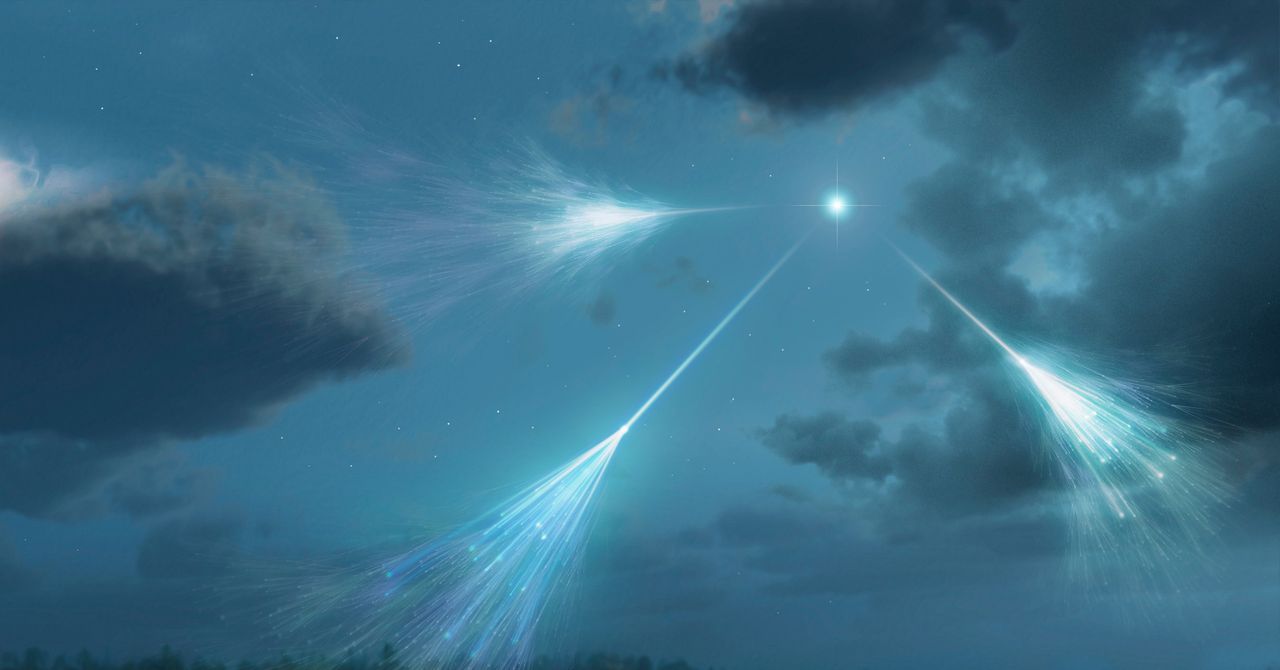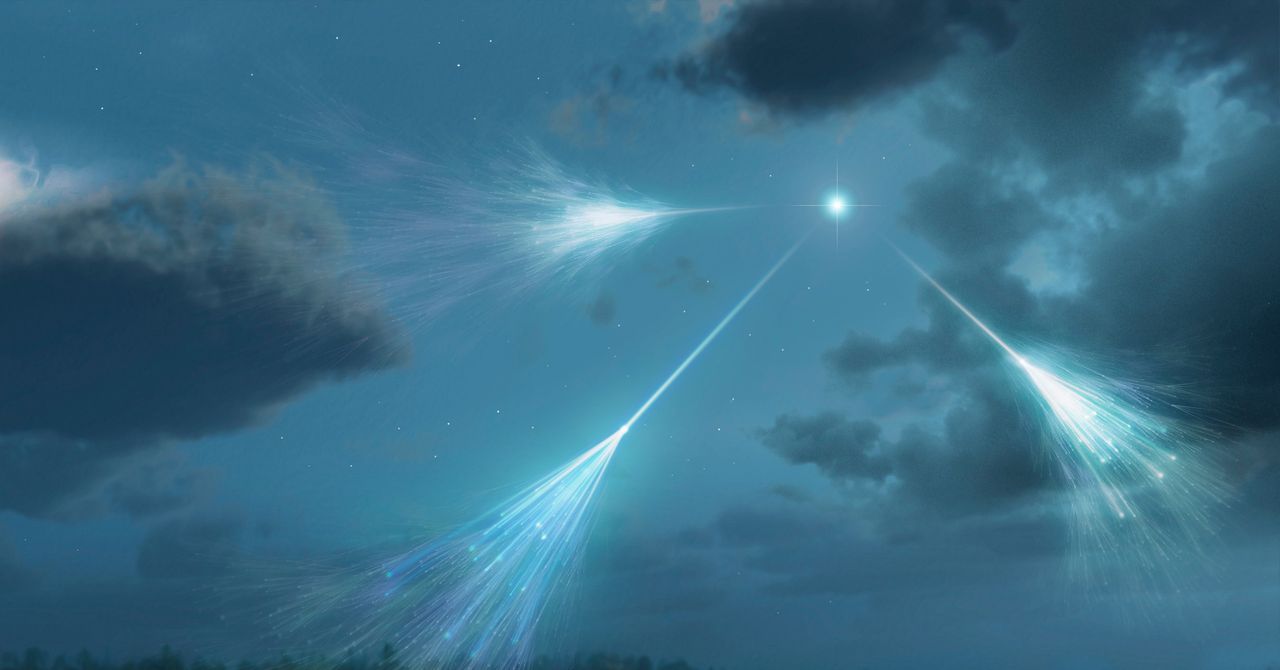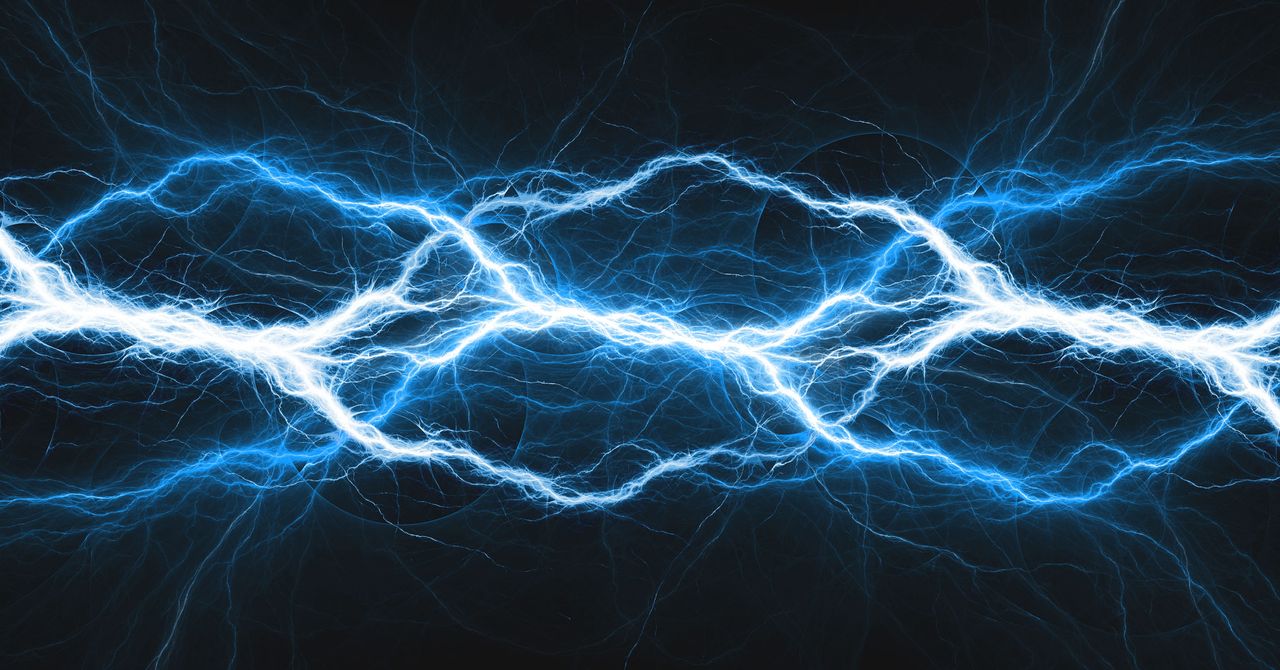The Mystery of the Most Energetic Neutrino Detected Yet

In February 2023, buried deep within the Mediterranean Sea, a cosmic particle detector recorded the arrival of an exceptionally energetic neutrino. This neutrino, named KM3-230213A, carried an energy level about 20 to 30 times greater than any previously documented. With a colossal energy of 220 petaelectronvolts (PeV), it significantly surpassed the prior record-holder's 10 PeV, generating considerable intrigue and speculation among physicists worldwide.
Neutrinos, known as 'ghost particles', are the most abundant in our universe that possess mass. They are fundamental particles — extremely tiny, light, and devoid of charge. Because of their lack of charge, these particles rarely interact with other matter, often passing through it unimpeded. This quality is so pronounced that trillions of neutrinos pass through our bodies every moment without our notice.
For particle physicists, this neutrino's anomalously high energy could be attributed to a previously unseen cosmic phenomenon or might be due to an error in measurement. A study was quickly launched to unravel the truth. Published in Physical Review X, the subsequent findings confirmed that this spectacular neutrino was indeed real and not merely a statistical anomaly.
Yet, this discovery raises another question - from which cosmic source did this ultra-energetic neutrino originate? The energy observed is indicative of formidable cosmic accelerators, such as gamma-ray bursts, supernovae, or potentially relativistic jets from black holes. Most neutrinos detected on Earth are atmospheric, produced by cosmic rays impacting our atmosphere. However, the extraordinary energy of KM3-230213A suggests a far more exciting origin in the vast universe.
Neutrinos, observed by varied scientific branches, offer incredible insights into distant cosmic realms unobservable by other means. Dubbed 'reporters from the universe', these particles journey across the cosmos, bringing information from events billions of light years away. Their study could provide profound revelations that propel our understanding of the universe.



